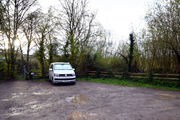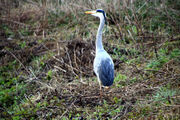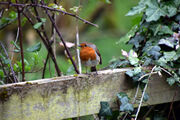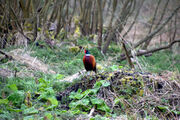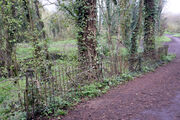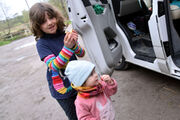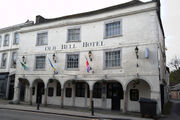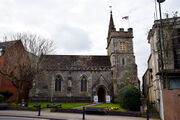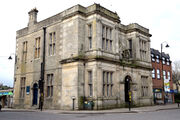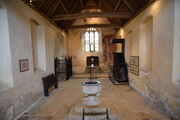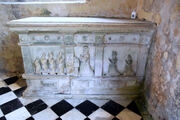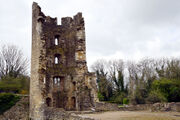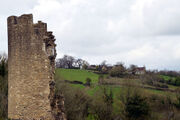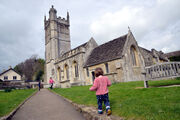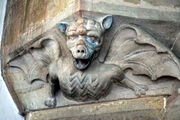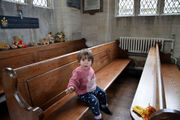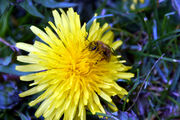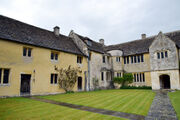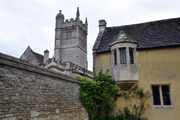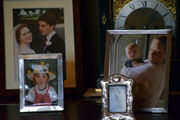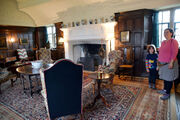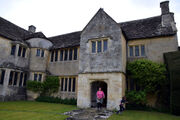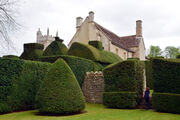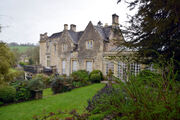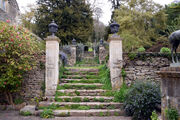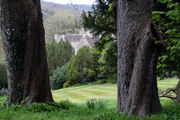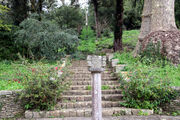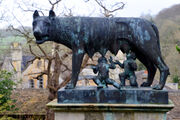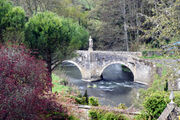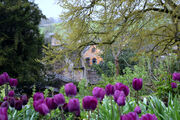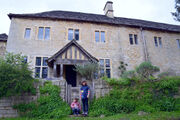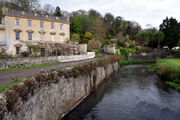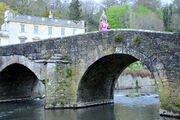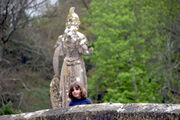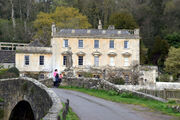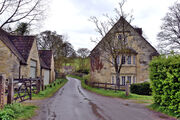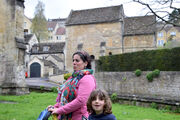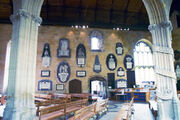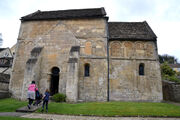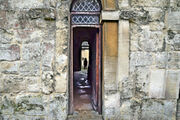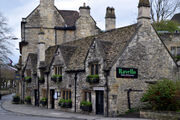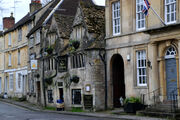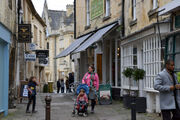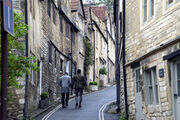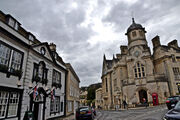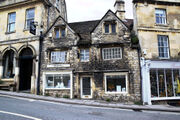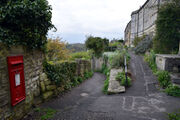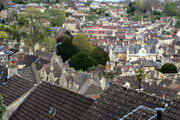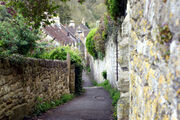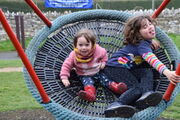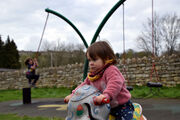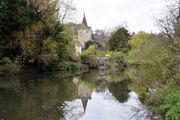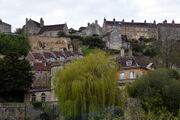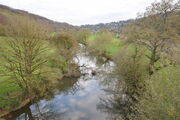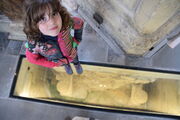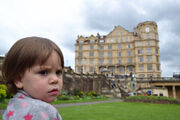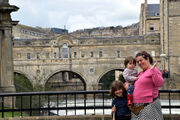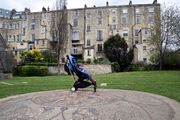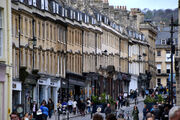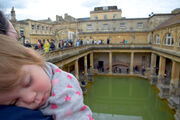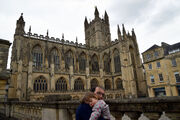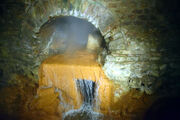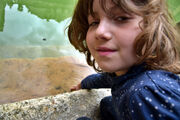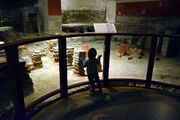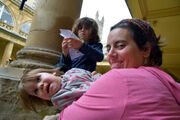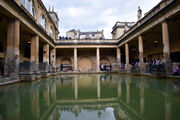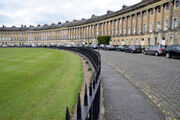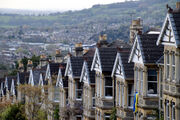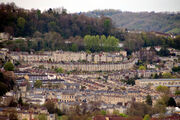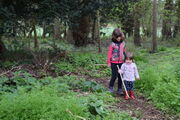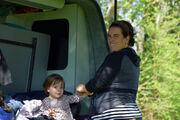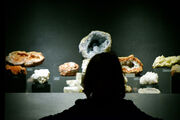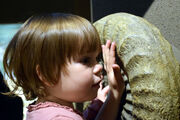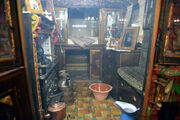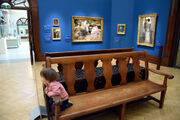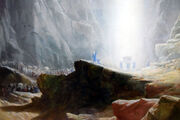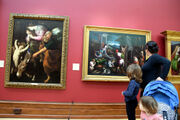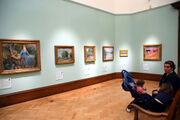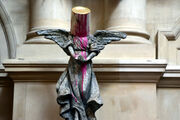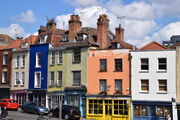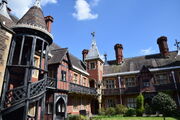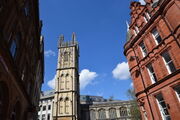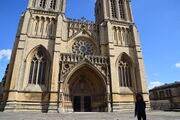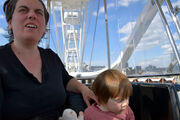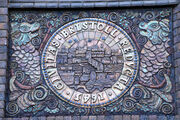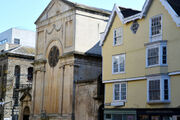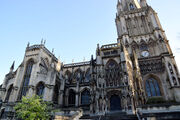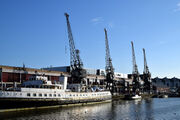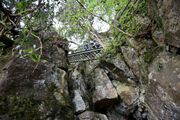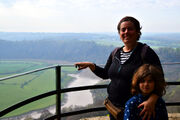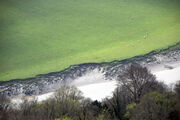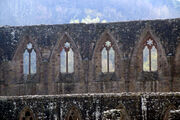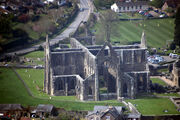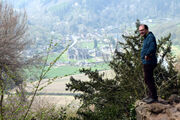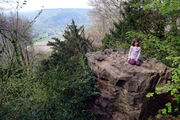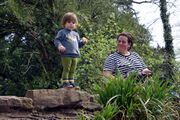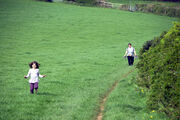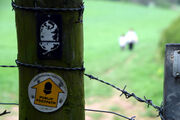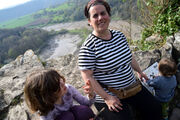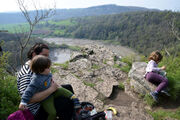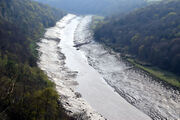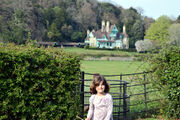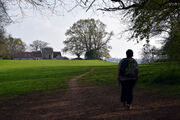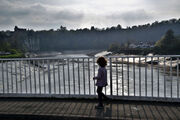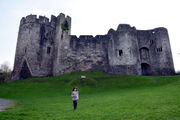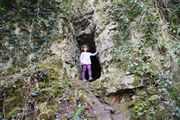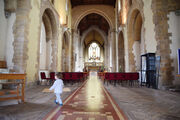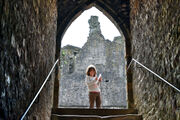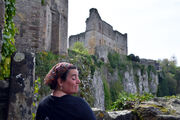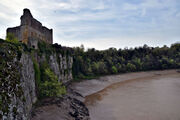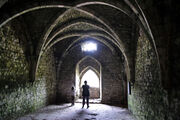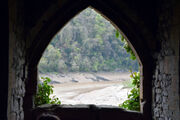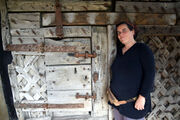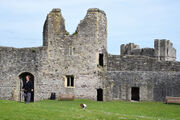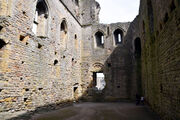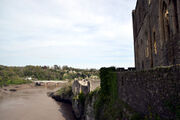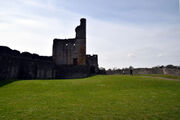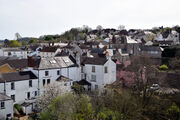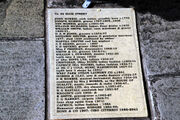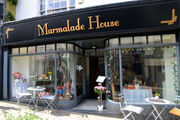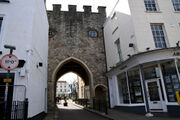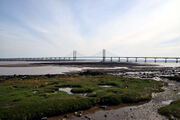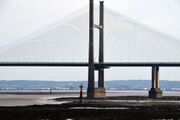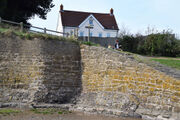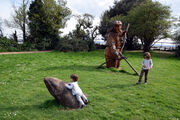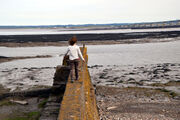
This page is still in progress.
Ferry trip (10-11 April)
A one night, two-days trip, which was fairly relaxed since by then we knew the most difficult was done: we were technically in British soil already, at least with a British timezone.
-
En route to the MOT.
-
Morning stretch.
-
The peace of solitude when in the middle of nowhere.
-
Everything's a seat when you're a baby.
-
Don't pull that.
-
From one deck to the next.
-
A playground on the top of a boat.
-
Looking at what exactly? Could be a dolphin, could be a wavelet...
-
Nap time.
-
Luz with Rubén Sánchez's artwork.
-
Looking at one's soul.
-
It's prettier outside but cozier inside.
Isle of Wight from the Ferry
A highlight was sailing past the Isle of Wight and toying with all our memories there, when it was our neighbor, for several years, to which we paid only a couple of visits. It was very familiar nevertheless and a cherished acquaintance.
-
The Isle of Wight in sight: now in the arms of UK.
-
The Yarborough Monument sitting on the Culver cliff.
-
Ryde seafront.
Portsmouth in Sight
-
And soon enough, Portsmouth in sight.
-
Now in the harbor.
-
Time to leave.
1st day (11 April) — Portsmouth

Hilsea lines
-
A "wildlife haven on Portsea Island".
-
A nice walk as the mechanics and government fix your car.
-
We met this gentleman who detailed most of his exhibit.
Clarence Pier
 By far the most appreciated part of our stay in Portsmouth was the fair, for which we acquired a special "bracelet" option that allowed us to enjoy 10 attractions for a reasonable price, also playing the trick of using one bracelet's two tickets to admit two people, which, it was our understanding, was not allowed as bracelets are individual and their tickets should be taken off at the entry, but people were merely collecting them so in this way, Elena could squeeze her way in in those attractions that required an adult accompanier without paying the nifty sum. The favorite one could also, in this way, be repeated. Because attractions are so expensive, even with the discount, there are few people on most of them. For one of the few attractions that Luz could enjoy, we had ran out of tickets but Luz liked it so much, making such a plea to do it again, in Spanish, that the Spanish national in charge of it told us we could stay for the next run, but that we'd have to wait for more people to come in. When it became clear that no more people were coming in, we had a ride all by ourselves.
By far the most appreciated part of our stay in Portsmouth was the fair, for which we acquired a special "bracelet" option that allowed us to enjoy 10 attractions for a reasonable price, also playing the trick of using one bracelet's two tickets to admit two people, which, it was our understanding, was not allowed as bracelets are individual and their tickets should be taken off at the entry, but people were merely collecting them so in this way, Elena could squeeze her way in in those attractions that required an adult accompanier without paying the nifty sum. The favorite one could also, in this way, be repeated. Because attractions are so expensive, even with the discount, there are few people on most of them. For one of the few attractions that Luz could enjoy, we had ran out of tickets but Luz liked it so much, making such a plea to do it again, in Spanish, that the Spanish national in charge of it told us we could stay for the next run, but that we'd have to wait for more people to come in. When it became clear that no more people were coming in, we had a ride all by ourselves.
-
Julia's best part of the trip was at its ery beginning: this one.
-
The first attraction turned out to be the most exciting of all.
-
And was duly repeated thanks to the bracelet!
-
Although others were cool too.
-
A classic.
-
The same classic, elsewhere.
-
Pointing at something.
-
Not getting tired.
-
At some point, Luz woke up and we had to scale down to things she could climb on.
-
Julia experiencing the supervision side of an attraction.
-
This one of flying blue elephants was appreciated beyond measure.
-
We had a free and VIP ride.
Aquarium
This was Luz's first visit to an aquarium.
-
First-time visit to an aquarium.
-
And not too sure what to make of it.
-
Encounter of the Third Kind.
-
They would actually get out of the water from above.
-
Maybe they got the chain food backward.
-
So many fishes even in a mere aquarium.
-
Other types in another tank.
-
A favorite that is now found in all aquariums: the water tunnel.
-
A nasty looking one.
-
A lot of action going on although it's only going round.
-
Luz's interest remained maximum throughout, even when there was only water bulging out.
-
We told her this one looked like mémé.
Portsmouth's coastline
-
By the Solent, with one of its fortresses.
-
En route towards the city center.
-
The Spinnaker, this time from the shore.
-
"Guess where I'm calling from!"
-
Looking where to go next.
-
The spot we found for the night.
2nd day (12 April) — Salisbury
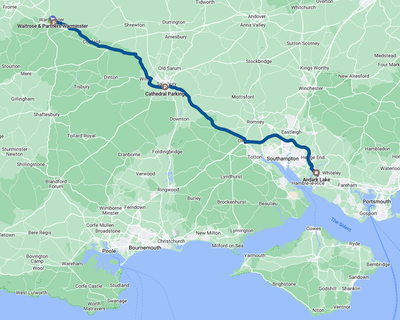
Around and in the Cathedral
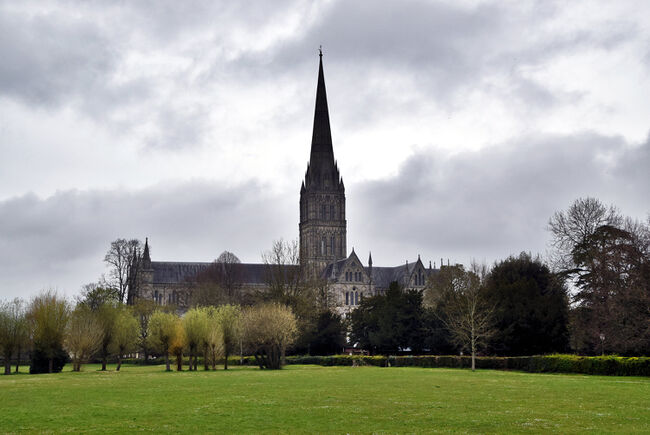
-
Little cottages on the edge of the old center...
-
turning into mansions as one gets closer to the cathedral.
-
Julia in the heart of Salisbury.
-
The cathedral's façade.
-
In the cathedral.
-
They shall not overwhelm you.
-
More lights inside than outside.
-
Luz taking a break from the visit.
-
Back to the tour.
-
In the Chapter house of the Magna Carta, with the impressive medieval frieze.
-
The Cloister. Can you see Julia?
-
Here she is.
-
Beautiful British home that seems to be lost somewhere in Wiltshire but which is right in front of the Cathedral.
-
Britain's tallest spire and housing the oldest working clock.
-
Stealing the protagonism.
-
Julia being moody.
-
Towards the city center.
-
The High street gate, 13th Century.
-
The Poultry cross, a historic crossing of markets dating to the 1450s.
-
Luz waiting for lunch.
-
A detour to see the Avon.
-
Luz preferred to use that time for a walking nap.
-
Salisbury museum.
-
A gargoyle from the cathedral.
-
Brick houses on some other flanck of the cathedral.
-
The pride of British aesthetism.
-
The Chapter house: the place of the most valuable treasures of Salisbury and our final sight for this visit.
Salisbury Museum
-
A typical room of the museum, mainly collecting medieveal and archeological artifacts.
-
Part of a roman hoard.
-
A Roman mosaic and other items of a long-gone civilization.
-
A roman vessel. The maker's stamp 'P. CIPI POLIBI' refers to Publius Cipius Polybius, a famous maker of trullei' near Pompeii at the end of 1st century AD.
-
Skeleton of an adult male age 20-24. He apparently survived a trephination, at least for enough time for bones to cover a hole made in his skull.
-
The highlight of the museum: the drainage collection, collects items thrown into the medieval "drainage.
-
Among all types of items, keys spanning several centuries.
-
While the Magna Carta remains of limited access, similar documents, like this 1461 Charter from Edward IV can be contemplated at will.
-
Details of the Charter, granted to the Tailor's Guild.
-
Hob-Nob, the companion to a medieval giant puppet [in red, behind], the only one to survive in the country (the Salisbury Giant). This would have been a major attraction back in the 15th century.
-
Part of the temporal exhibition: photos from neolithic monuments from above. Here, Stonehenge.
3rd day (13 April) — Around Warminster

Smallbrook Meadows
-
Our spot for the night, in the morning.
-
Neighbors we woke up with.
-
All types of birds, big and small.
-
All by the local river "the Were".
-
Path by the Meadows.
-
The morning Easter egg hunt.
Warminster
Warminster is an old market town. We visited it since it was so close to our previous settlement, in fact almost toying with the idea of a nightly visit from the park, which would have been enough as it takes more time to park than to run through its main (market) street.
-
The Old Bell hotel on the main street.
-
Still a busy market street.
-
Envious of a privileged spot.
-
Testimony of a glorious recent past.
-
The main church, that brought the city its minster status.
-
The town hall and our most extreme walking point.
Farleigh Hungerford Castle
-
Circular tower.
-
Inside the chapel.
-
Family tomb.
-
The Hungerford family fortune changed with the War of the Roses.
-
The family then lost their lives and castle to the Crown.
-
Only the memory of their past glory now stands on this spot.
Westwood Manor & Saint Mary's church
-
Saint Mary's church.
-
The devil of Limpley Stoke.
-
Luz with the toys section of the church.
-
Someone keeping buzy outside.
-
Westwood Manor.
-
A companion to Saint Mary.
-
Taste of the time: a gallery of English monarchs, to mimick the customs of more prestigious places.
-
People actually live there and one can find their private pictures among the exhibit.
-
What they can enjoy when tourists have left.
-
From the manor to the park.
-
Small but richly adorned.
-
The British care of their gardens, whatever their size.
Iford Manor
-
The Iford Manor as seen from its gardens.
-
The stairs to the gardens.
-
On the edge where the gardens become the forest.
-
These stairs end up in a road bordering the estate.
-
The Iford bridge from the manor's gardens.
-
A manor hiding inside a garden.
-
A little dependency in basilic style.
-
Japanese style.
-
A house in Iford.
-
The manor by the river Frome.
-
On the bridge.
-
Julia and Britannia, back to back.
-
All of Iford in one picture.
-
Houses down the road.
Bradford on Avon
Dundas acquaduct
4th day (14 April) — Bath

-
Waiting for dusk for a night view of the panoramic Bath.
The Globe
-
The field nearby.
-
Morning dressing.
-
Does this look like a pub's car park?
5th day (15 April) — Bristol
Bristol Museum
-
The precious stones section.
-
The Bristol diamonds.
-
Luz and eternity (touching allowed).
-
Missed encounter.
-
The surprisingly cozy interior of a gypsy roulotte.
-
The painting section.
-
Luz observing (Holidays by Harry Watson in background).
-
Detail of Holidays.
-
Detail of the Israelites passing through the Wilderness, preceded by the Pillar of Light by William West.
-
The modern section.
-
Back to a more classical room.
-
A stop by Leandro Bassano's "Return of the Prodigal Son", 16th century.
-
Julia found a Spanish master: Murillo, here with one of his 'Ecce Homo' (1660-70).
-
In a corner with the impressionists.
-
Detail of Jean-Louis Forain's "the Unwed Mother", capturing the detachment and coarseness of a lawyer.
6th day
Bristol
7th Day (16 April) — Wye Valley
Eagle's nest and Devil's pulpit
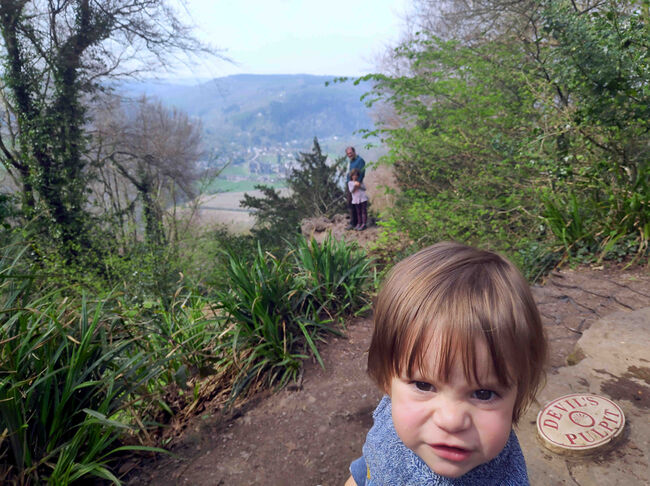
8th Day (17 April) — Chepstow and Severn channel
Chepstow
-
Dating of these doors showed them to be no later than the 1190s, making them the oldest known castle doors in Europe.
Severn
-
The end of our trip: a good bathtub (in Wolverhampton) after over a week on the road!

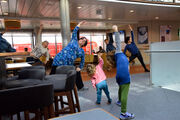


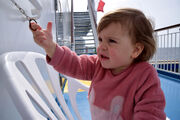



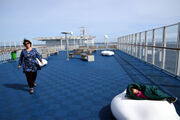
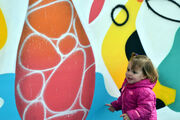


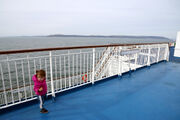
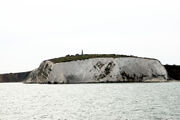
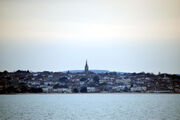
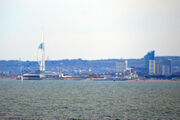
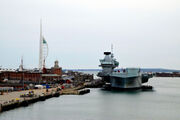
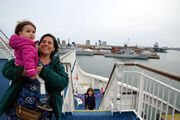


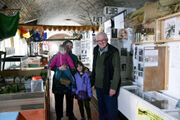
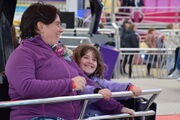

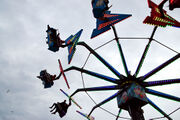
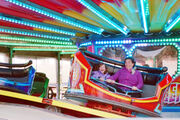

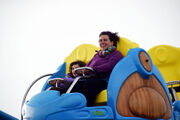
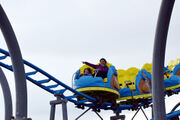
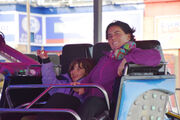
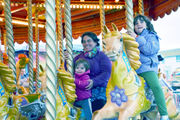



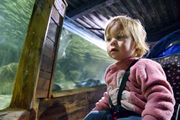


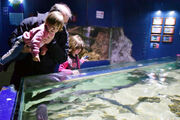
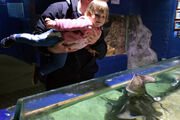





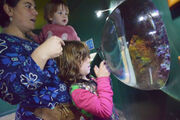


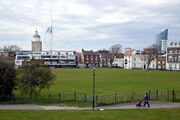
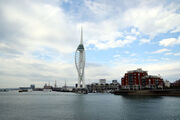
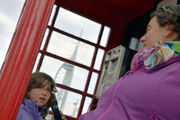


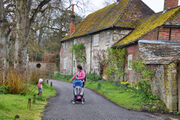
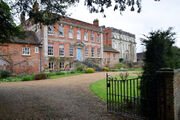
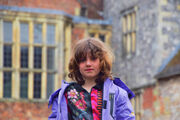

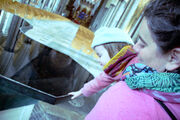
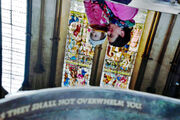
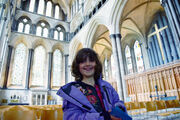
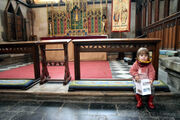

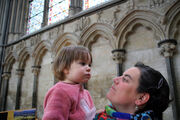
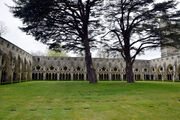
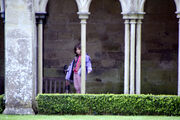
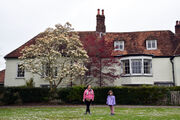
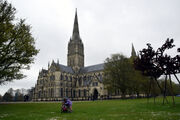



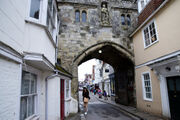
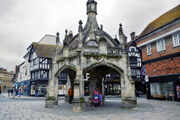

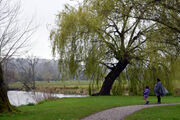
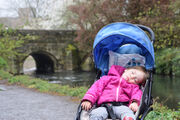

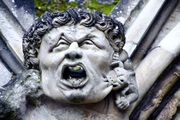
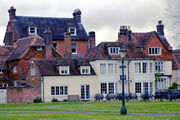
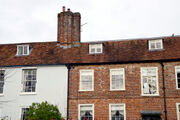
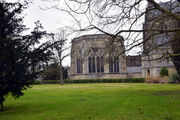

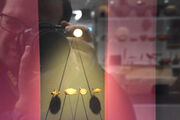
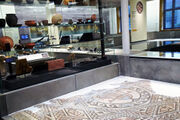
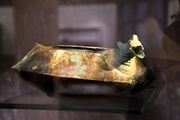
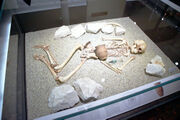
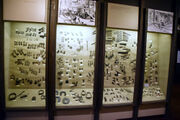
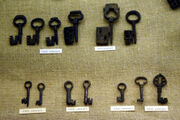
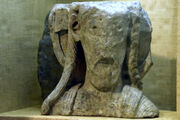


![Hob-Nob, the companion to a medieval giant puppet [in red, behind], the only one to survive in the country (the Salisbury Giant). This would have been a major attraction back in the 15th century.](/images/thumb/a/a5/SalisburyMuseum-12Apr2022-11.jpg/180px-SalisburyMuseum-12Apr2022-11.jpg)

